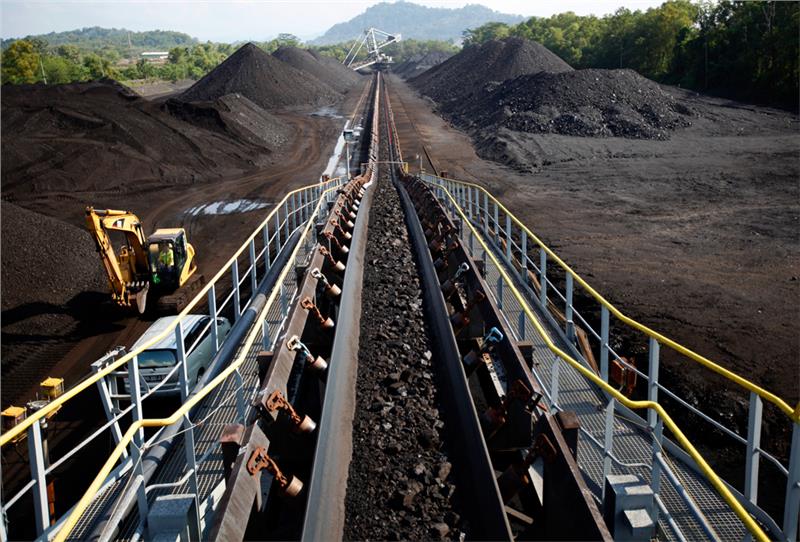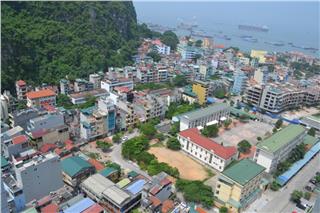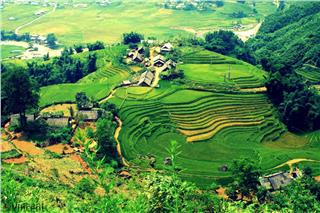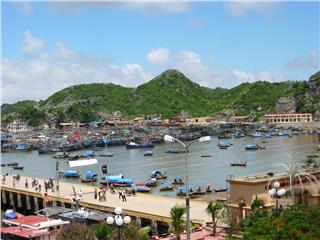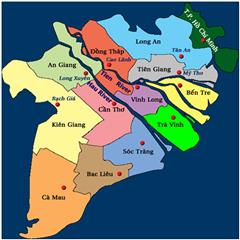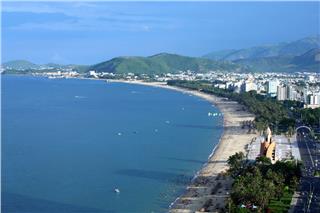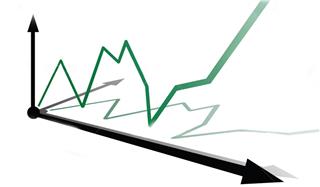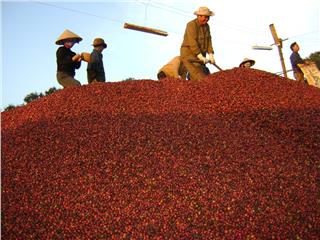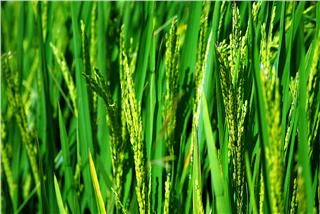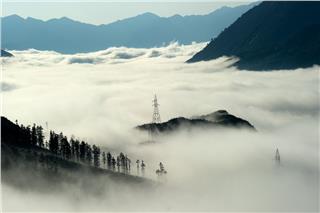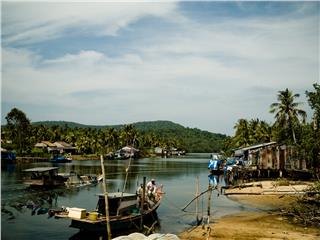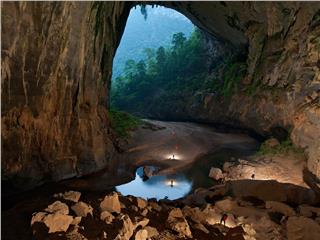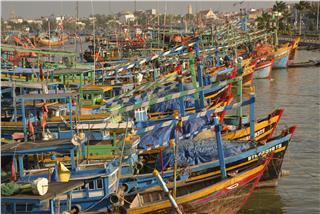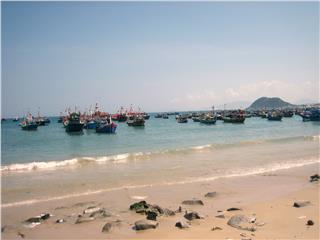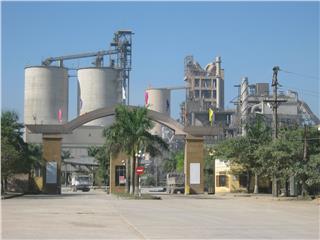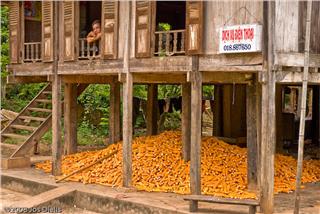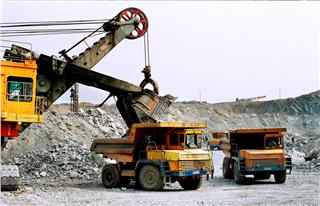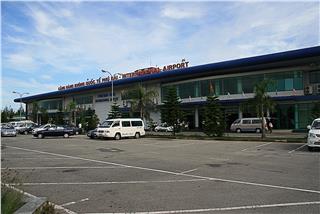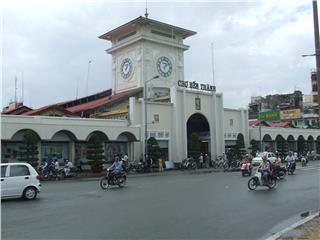The diversity of geography has made a significant contribution to the success of economy in Northeast Vietnam. In recent years, the rapid economic growth rate has helped the region attracting some foreign investments.
The Northeast Vietnam consists of 9 provinces including Ha Giang, Tuyen Quang, Cao Bang, Bac Kan, Thai Nguyen, Lang Son, Bac Giang, Phu Tho and Quang Ninh. The region has reached the rapid industrialization speed in recent years. Many enterprises in field of energy, technology and engineers sectors were built in the region. With the positive sign in economy of Northeast Vietnam, some foreign investors have paid the special attention to the region. For example, in 2011, a Taiwan producer in fields of panels for Apple Inc, Wintek Corp announced to make a long investment with the total capital of $150 million in Bac Giang province.
Advantages – Disadvantages
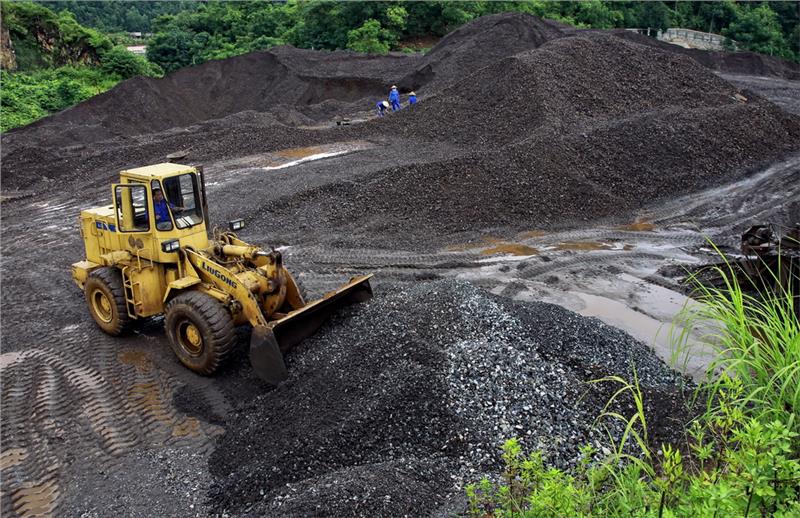
Northeast Vietnam is one of the richest regions in terms of mineral resources. The land has some important minerals including coal, apatite, iron, copper, lead, zinc, and tin. Especially, the region has rich reserves in coal which is mainly distributed in Quang Ninh province. Quang Ninh is the largest center of coal in the country with the highest coal quality in ASEAN. Currently, mining productivity exceeded 30 million tons per year. Besides, region has the abundant of water because many rivers flow through including Red River, Green River, Bac Giang River, Ky Cung River, Lo River and Gam River. The land also has a plenty of lakes as well.
The biggest disadvantage for Northeast Vietnam economy is the weather. The tropical climate is influenced by monsoon with hot dry and heavy rains in summers and cold and dry in winters. The harsh climate causes dry heat, drought and frost which create the restriction in production and people’s lives.
Economic sectors
Agriculture
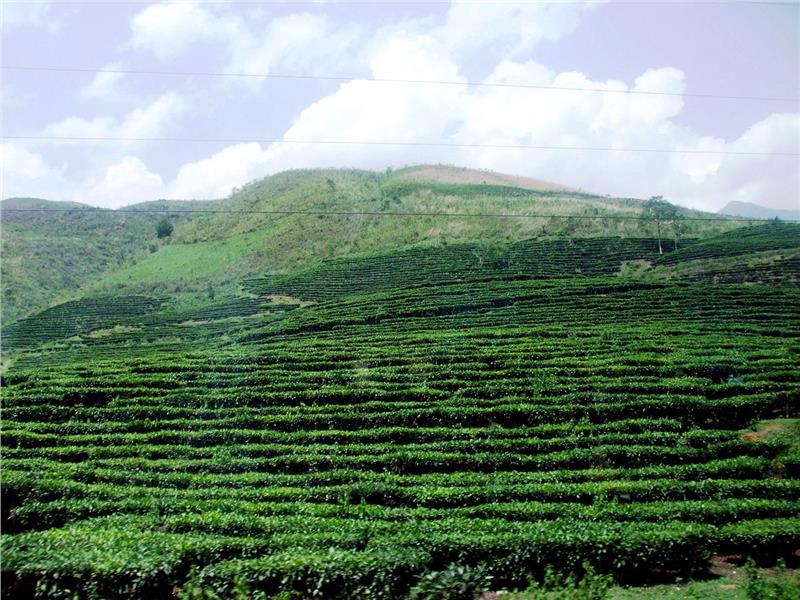
As other regions in Vietnam, rice is the stable crop of the Northeast. Besides, other food crops have been planted in the region including potatoes, potatoes, fruit trees, maize, tea, lemongrass and a variety kind of vegetables.
Thanks to a good climate for tea plantations, the Northeast is the largest region of tea in Vietnam, which is grown mainly in Phu Tho, Thai Nguyen, and Ha Giang. Besides, the climate in the borders of Cao Bang and Lang Son as well as on Hoang Lien Son Mountain is suitable for growing medicinal plants such as ventricles, anise, cardamom … and fruit trees like plums, peaches and pears. In Sapa, vegetables, flowers and seed can be cultivated all year round. Production of cereals reached 3, 261, 150 tons including 2, 539, 131 tons of rice, which accounts for 77.68% of the whole region. Besides, the major livestock are buffalos and cows
Industry
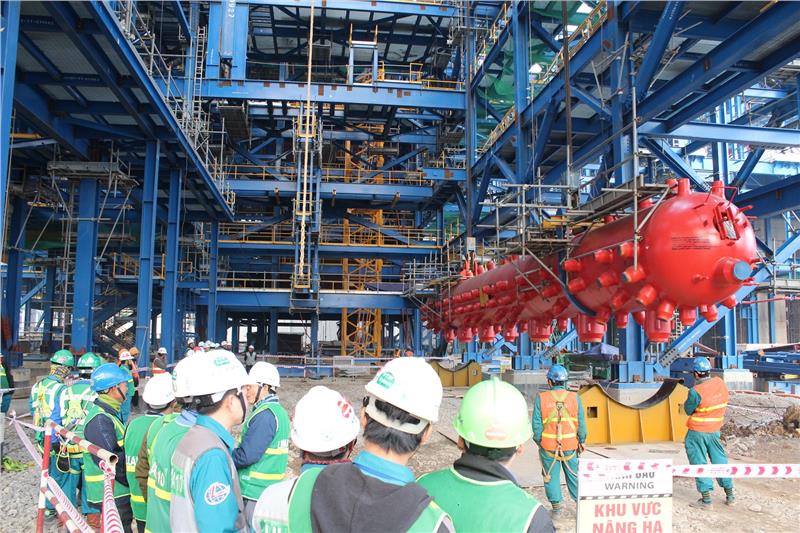
Industry in the Northeast Vietnam has made some significant changes. The number of large-scale enterprises has been increasing. In details, fuel industry accounts for 26.7%, ferrous metallurgy 8.2%, building materials 13.8%. Some specialized industrial zones were constructed including Thai Nguyen ferrous metallurgy industrial park, Quang Ninh coal, Lam Thao – Viet Tri chemicals, Bac Giang fertilizers. The water reserves allow the region to develop hydroelectric power plants including Mong Duong Power Plant 1. Besides, Mong Duong Power Plant 2 is expected to operate in 2014 and 2015.
Services
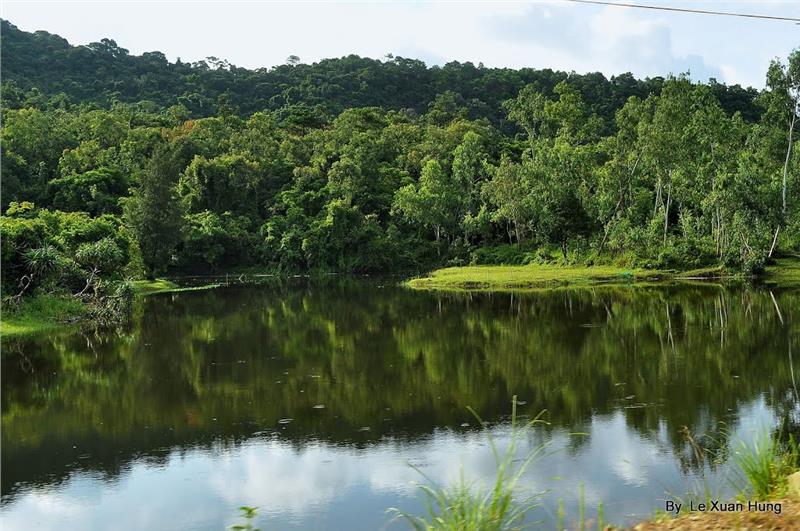
Tourism in Northeast Vietnam, the region has a medium-scale comparison to the whole country. The most popular destinations for tourists are Lao Cai, Sapa and Quang Ninh. Ha Long Bay in Quang Ninh province, which is recognized as the world heritage by UNESCO, attracts a great number of travelers each year. Some other popular tourist areas are natural parks including Ba Be Lake Natural Park and Tam Dao National Park.
The Northeast has a strongly transportation services with the presence of Cai Lan Port, Cam Pha Port, Hai Phong railway to the Yunnan Province in Chia and a 245 km expressway linking key business hubs of Hanoi and Laocai.
Economic development orientation
In terms of industry, the Northeast Vietnam economy tends to form key industries or products which rely on the advantages in raw materials. Besides, renovation and expansion of existing industry parks and renovation the infrastructure conditions to build new industrial zones are highly focuses on.
In terms of agriculture, the Northeast will focus on restructuring crops in the direction of commodity production. To develop services in the regions, the region will promote building commercial centers, economic zones in border gates such as Mong Cai, Lao Cai, and Lang Son …
